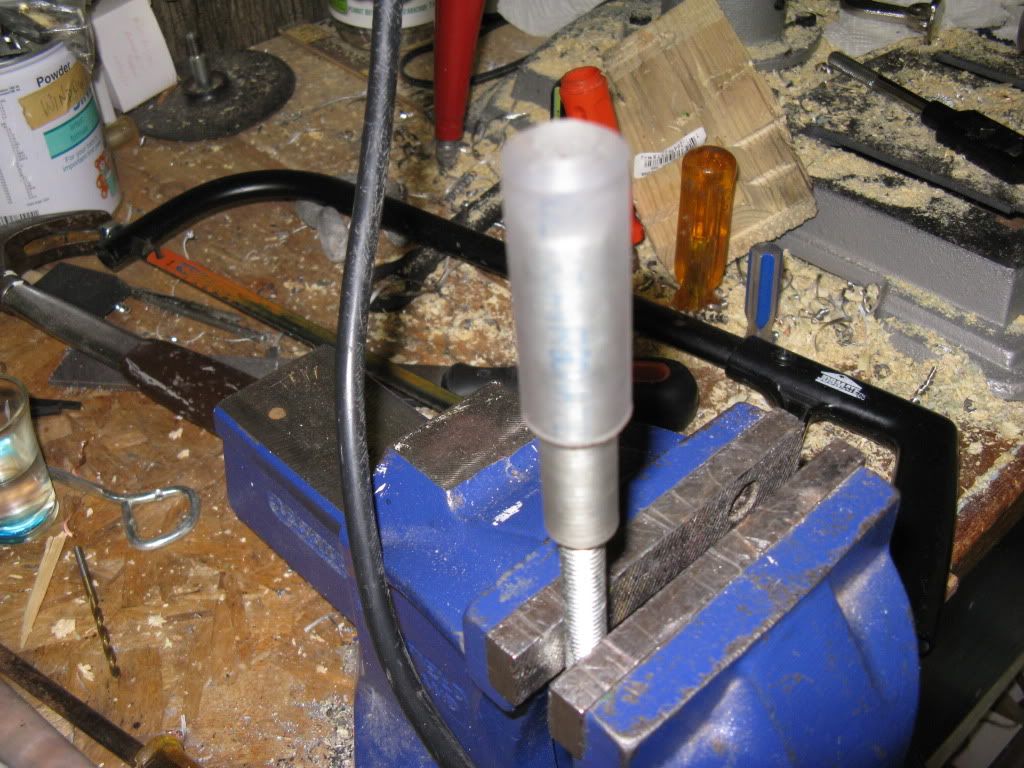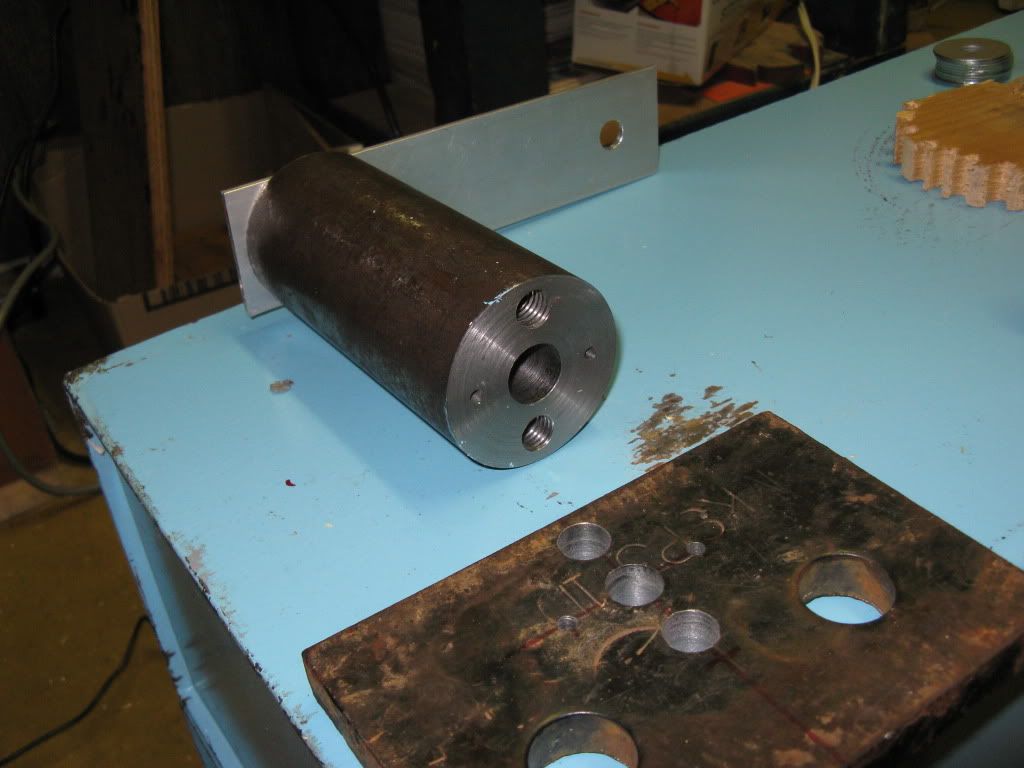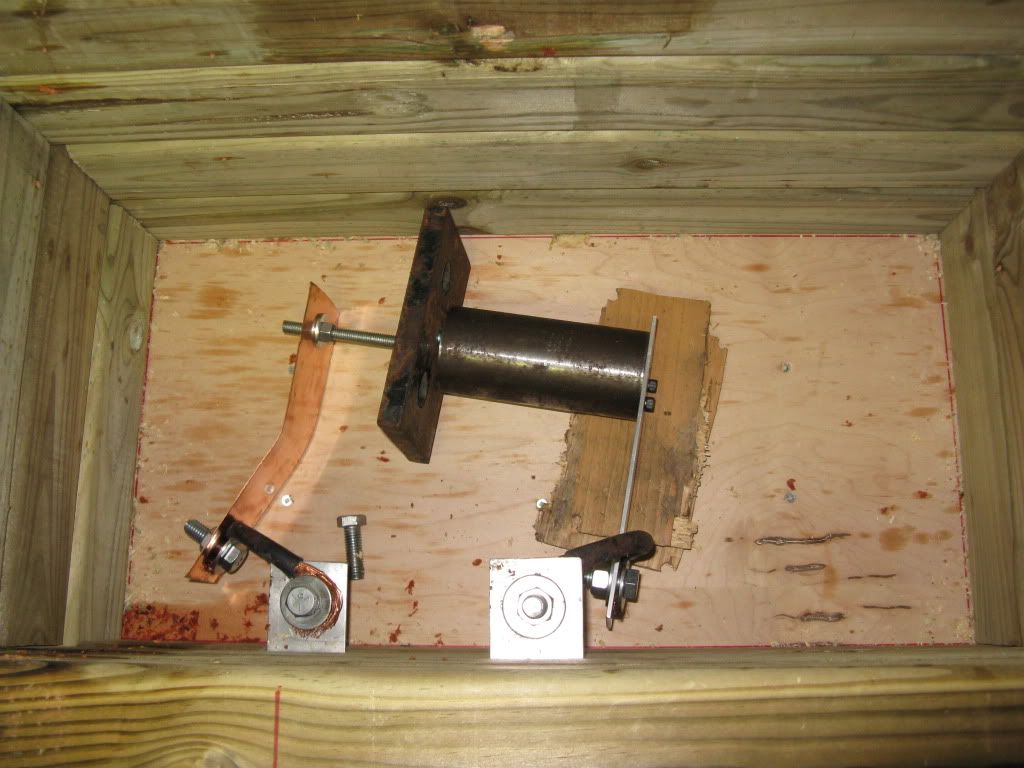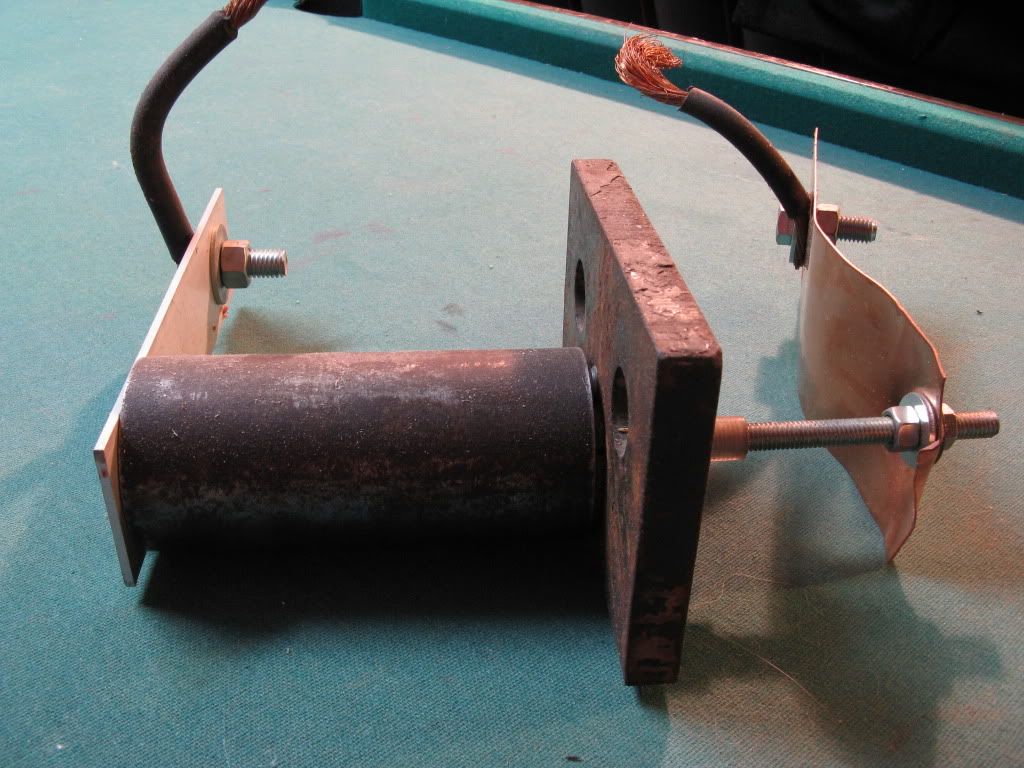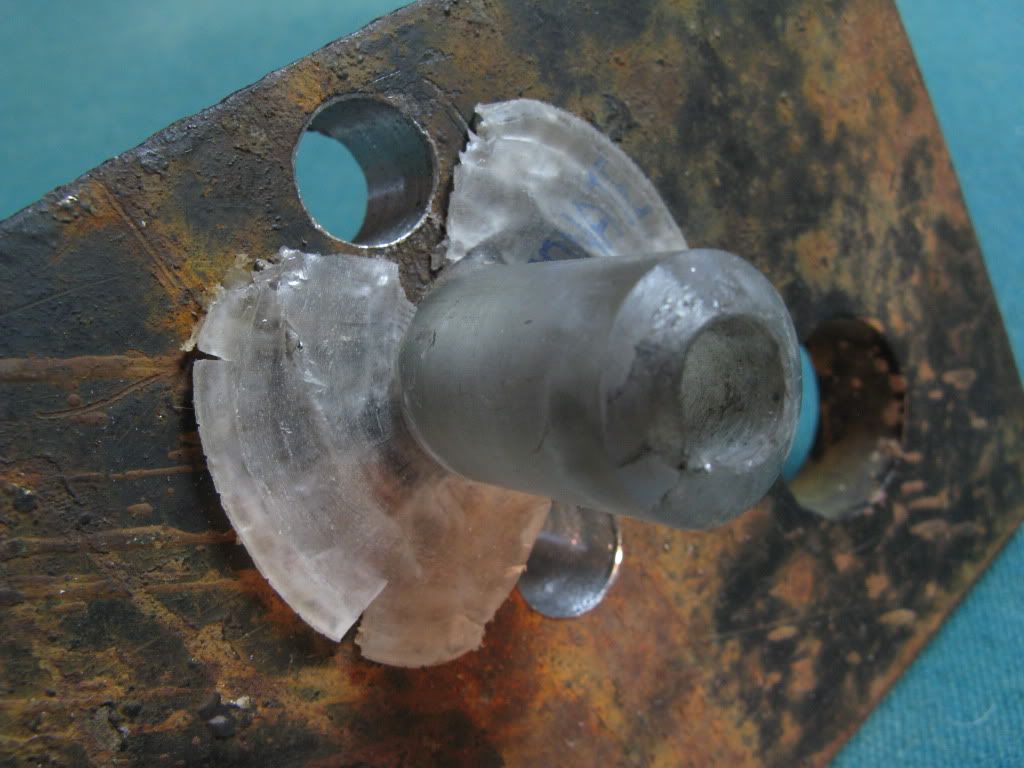Black powder is a mechanical mixture of oxidiser and fuel, not a compound which is independently capable of energetic decomposition. It falls under a completely different category than nitroglycerin, and if it is banned for discussion, the wording here would ban any air/fuel mixtures for discussion as well.Solid propellant: Any substance containing all the chemical elements required to enable sustained combustion without the presence of additional oxidizers. This includes but is not limited to gunpowder, thermite, and many commercial and/or homemade pyrotechnic compounds.
1. For this purpose, nitroglycerine, though liquid, would qualify.
2. For this purpose, ordinary flour, though solid, would not qualify.
Also, the posted definition of "explosive devices" specifically prohibits the discussion of spudguns anywhere on the site. That should probably be fixed...
As such, I'll assume that the actual intent was to ban the discussion of solid explosives and HE compounds.
I'm certain some of you have heard of Al/H<sub>2</sub>O reactions before, but here are the basic parameters:
4Al + 6H<sub>2</sub>O --> 2Al<sub>2</sub>O<sub>3</sub> + 6H<sub>2</sub>
By mass, this works out to a roughly 50/50 mix, with a resulting density of 1.85g/cm<sup>3</sup>. Some simple calculations show a reaction energy of 7.9kJ/g for this mix, and the literature indicates that energy input required to initiate this reaction is at least 5kJ/g in a good geometric configuration, for proper vaporization of the aluminum (this figure is confirmed by calculating the deposited energy required to boil the aluminum). Peak pressure for this energy level (with an absurdly fast current pulse, as the authors were investigating its use as a high explosive) was listed as 113 kbar for the minimum electric pulse energy. With systems more accessible to the average hobbyist, pressures generated would be no more than a few kilobar for a reaction lasting tens of microseconds, and thus containable with easily built launchers (and with internal ballistics characteristics more similar to those of traditional propellants).
The propellant gas in this case, as a few of you have undoubtedly noticed, is hydrogen. Very hot hydrogen, at that. The aluminum oxide is an unfortunate byproduct, but very high speeds may yet be attainable through this method, and the firing energy when compared to an ETG using the same capacitor(s) would be at least doubled, making this reaction a more economical alternative, if it turns out to be effective. The most obvious configuration for the aluminum is in the form of a single strip of foil, fit into the correct volume between two electrodes. The resulting geometry will have lots of sharp edges, twists, and general asymmetry, leading to an excellent mixing process.
As such, there will be some testing done over the break to ascertain the efficacy of this reaction for propulsion purposes. The system used is capable of discharge times not exceeding 40μs for pulse energies up to 10kJ, and the chamber volume of the test device will be set at 0.5cm<sup>3</sup>. Watch this space, as results will start appearing in a few days.
One excellent reference to check out on the topic is this paper. Any (relevant) discussion on the topic is appreciated, as well as links to instances of this being tried by others. Also, if you're not a moderator, DO NOT comment on the first section of the post, regarding the rules. On that subject your opinion is neither relevant nor appreciated, and I ask you to kindly keep it to yourself.













